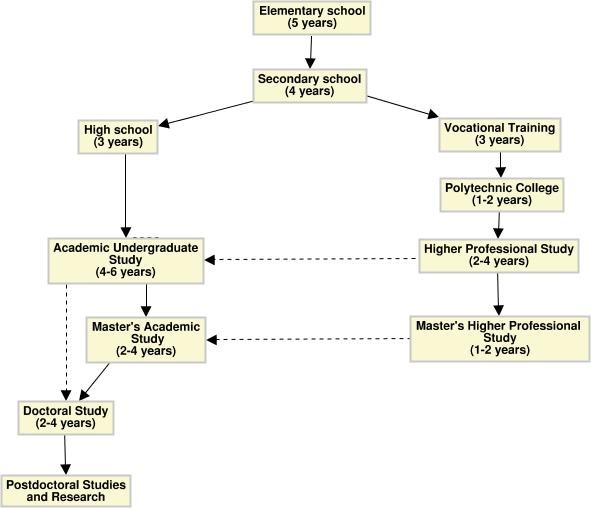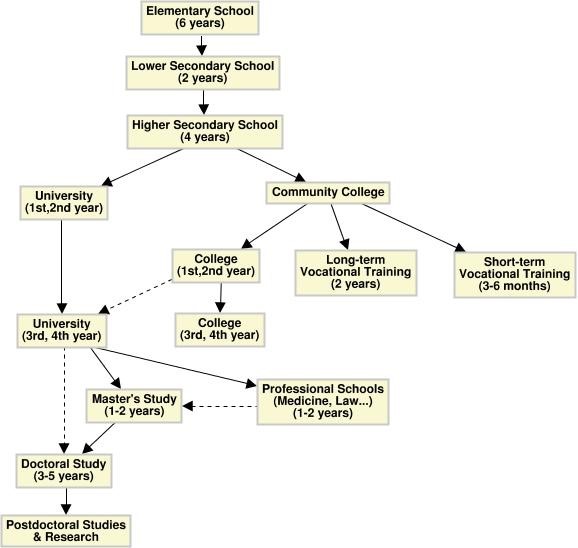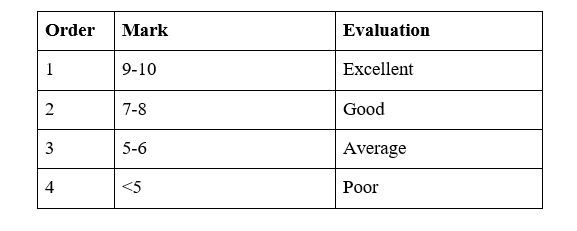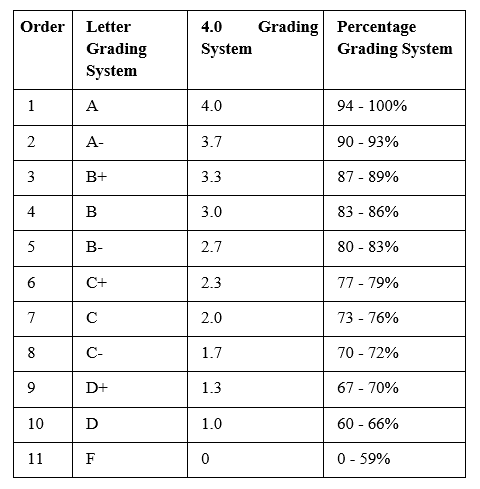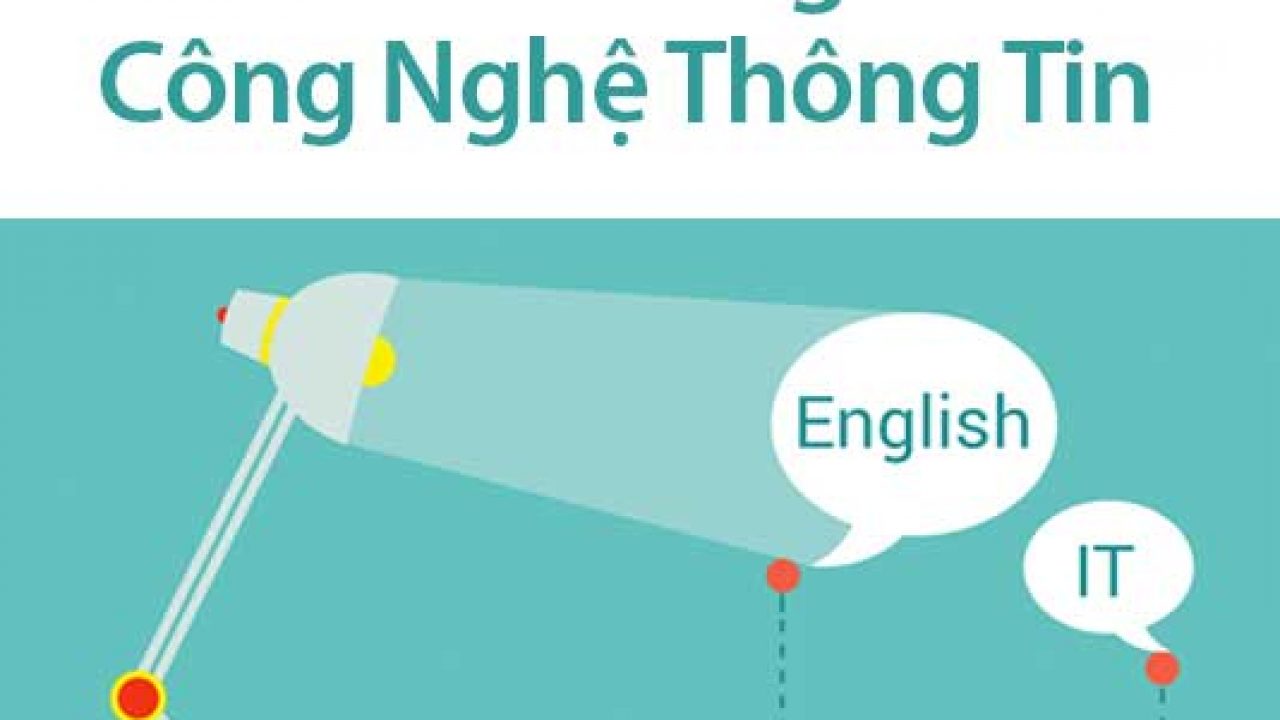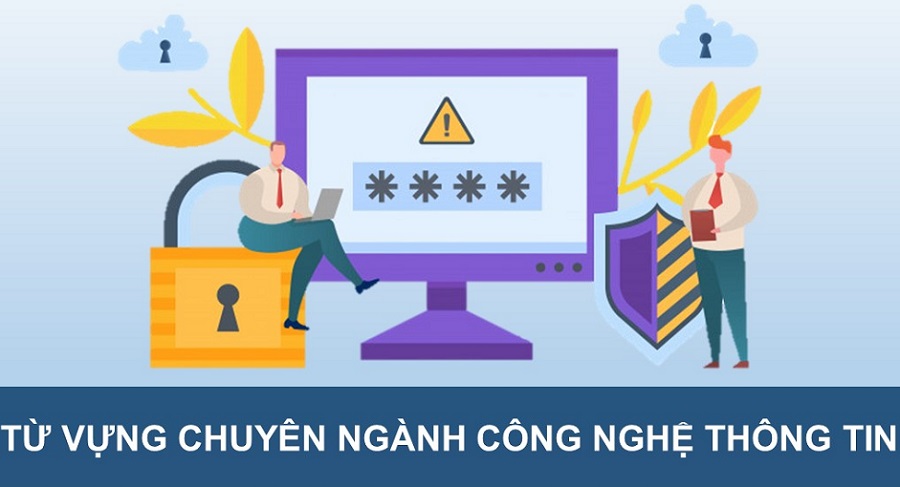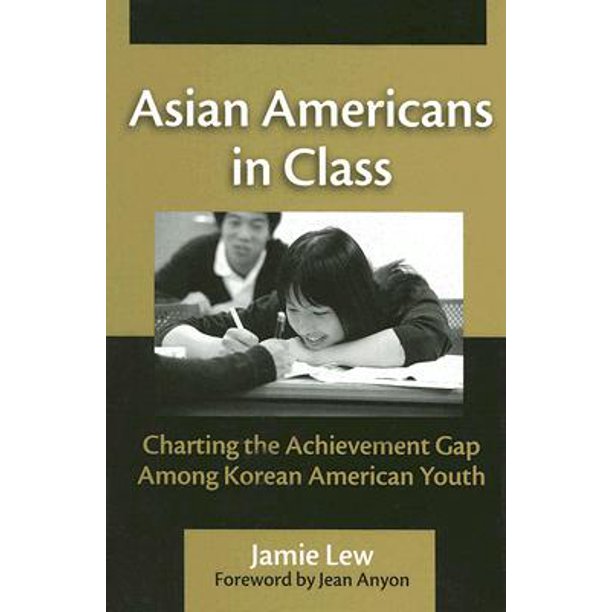By: Dang Ha Phuong; Nguyen Thu Cuc; Luu Linh Van
I. Differences between general education system of the US and Vietnam
1. General education system
a. Vietnam
- According to the Association of Vietnam Universities and Colleges, Vietnam Association for Promoting Education, the Vietnamese Education system is oriented in 2 separate ways including academic education and applied sciences.
b. The US
- The US uses the K-12 education system. K-12 stands for ‘from Kindergarten to 12th grade. This equates roughly to a school starting age of around five through to Grade 12 at around the age of 18. The system is broken down into three stages: elementary school (Grades K–6), lower secondary school (Grades 7–8) and higher secondary school (Grades 9–12).
2. Teaching curriculum
2.1. Contents
a. Vietnam
- The general studying hours in most Vietnamese schools is from 7a.m to 5.30p.m.
- The emphasis of teaching is on theoretical knowledge rather than class discussion.
- Mastering concepts from the textbook and learning from other advanced references are important, because students will be required to recall concepts or materials from the textbook on different exams.
b. The US
- The general studying hours in most American schools is from 8a.m to 2.45p.m.
- Besides teaching new lessons, teachers encourage and emphasize the importance of class discussion and participation. Teachers have the chance to bring the classroom knowledge to practice through performing laboratory experiments or taking field trips.
- Additionally, in American schools, teachers integrate current news into the teaching curriculum, where applicable. Students are encouraged to gather news for discussion in the related classes.
2.2. Subjects
a. Vietnam
- Students are required to study three main areas: English, Vietnamese Literature, and Math, along with other Natural Science and Social Science courses. Students do not have the choice to choose the subjects they want, all subjects learnt at school are acquired by the government.
b. The US
- American students have various class options with different levels according to their expertise and interest. Students in the US are required to take at least one year each of Arts (Visual Arts/Performing Arts) and Sports, allowing them to explore their individual talents and advance their skills.
3. Teaching styles
3.1. Evaluation
a. Vietnam
- Since 1971, a 10 point grading system has been in use at all levels in Vietnam. The normal passing level is 5 and the official definition of grades are
- This scale is applied to all grades from primary school to high schools.
- Tests with academic subjects and knowledge are conventional admission tests in every grade in Vietnam.
- Grades are the only performance evaluation of a student after finishing a class. Grades come from homework, quizzes, monthly exams, and mid-term and final exams. Teachers generally only give feedback to students through school reports at the end of the school year.
- Due to the difficulty of academic exams, students have to take extra classes outside of school to better memorize the lessons and gain more practice to get high marks.
b. The US
- Based on World Education News (2018), letter and percentage grading systems are applied in all grades from primary to high school; and 4.0 grading system is applied in university and college.
- (IVYwise) Admissions officers use a “rubric” as a guide. Rubrics are not one-size-fits-all and differ from school to school such as
● GPA
● Standardized Test Scores
● Extracurricular Activities
● Recommendation Letters
● Strength of School
● Essays
● Demonstrated Interest
- In terms of school and college admission in America, standardized exam scores from the SSAT, SCT, and/or ACT are considered.
- Most schools base performance evaluations on various factors such as: class participation, quizzes, homework assignments, and final papers, in addition to the final exam. Students also have the chance to earn extra credit to raise their Grade Point Average such as extracurricular activities, essays, etc.
- Recently most schools have become test-optional.
- According to the Washington Post (2018), the number of states that are eliminating final education exams is increasing. There are only 12 states left using the final graduation exam with different forms. Most of these 12 states organize and design their own state-wide standardized tests. In some of these states, students have a variety of options for achieving their diploma, including submitting an application to demonstrate academic achievement.
3.2. Interaction
a. Vietnam
- Vietnam education follows a teacher-centered teaching style. In other words, individual nomination which means students wait to be called is applied in every classroom.
- Vietnamese learners prefer being quiet in class and carefully taking notes information (Nguyen, T. H, 2002, Vietnam: cultural background for ESL, EFL teachers, the review of vietnamese studies)
b. The US
- US education follows a student-centered teaching style. In other words, invitation to bid which means students want to speak is applied throughout the education system (Poole, 2006, cross cultural variation in classroom turn-taking practices).
- Students listen to the teacher, but also speak up about their opinions and discuss questions with the teachers. It is considered normal in US education that students are free to express their ideas.
4. Regulations
a. Vietnam
- The Vietnamese education system emphasizes too much on “obeying regulations” (Doctor. Bui Thanh Binh)
- There are several rules on students’ appearances such as no dyed hair, no make up, no tattoos. Students also have to use appropriate words like no bad words in schools.
- Whenever students break the law, they will be punished based on the given regulations. Some significant punishments are reminding, informing parents, suspending and excluding.
b. The US
- Schools in the United States allow their female students to wear makeup, dye hair or get a tattoo. According to Experian Simmons National Consumer Research, 65% percent of teens who wear makeup started wearing it from ages 8 to 13.
- Besides the same list of regulations in Vietnam, another common punishment measure in US schools is community service, such as cleaning the classroom, clearing the trash cans, helping old people, planting grass in the school yard (Vnexpress, 2021).
CLICK TO SEE MORE